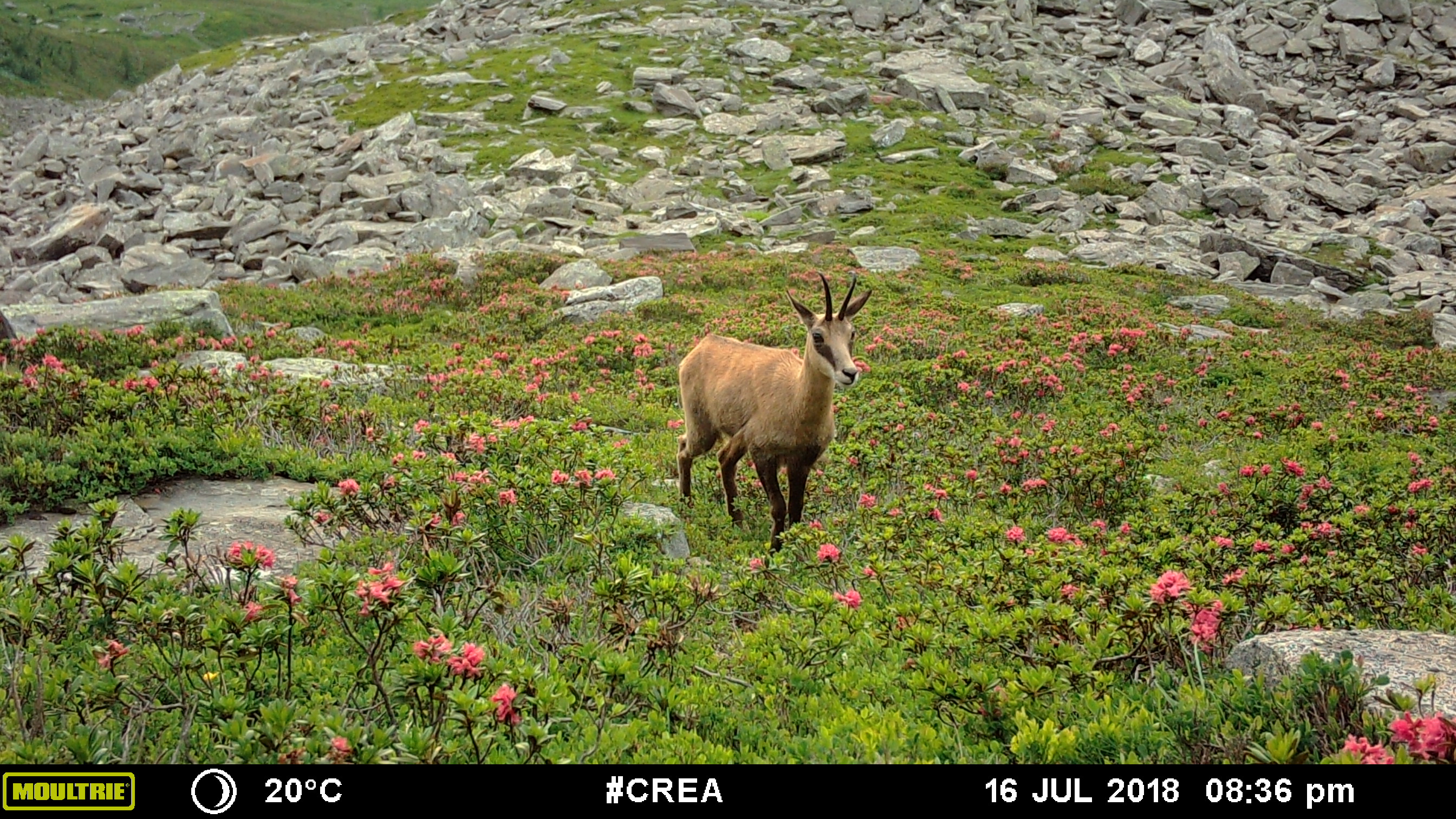Finished! Looks like this project is out of data at the moment!
Welcome! This project recently migrated onto Zooniverse’s new architecture. For details, see here.
Research
The project
Wild Mont-Blanc is a program developed by the Research Center for Alpine Ecosystems (CREA Mont-Blanc, a nonprofit research center based in Chamonix-Mont-Blanc, France) and initiated by "Communauté de Communes de la Vallée de Chamonix-Mont-Blanc". CREA Mont-Blanc is working to measure how climate change is impacting different alpine environments, and understand how alpine species can (or cannot) adapt to their changing environment. Wild Mont-Blanc provides an important contribution to this research, adding the monitoring of fauna to the CREA Mont-Blanc’s ongoing studies of vegetation and climate in the Mont-Blanc massif.
This project was financed by "Agence de l'environnement et de la maîtrise de l'énergie - Programme d'Investissements d'Avenir" and by "Communauté de Communes de la Vallée de Chamonix-Mont-Blanc".

Our camera traps are installed every 200 meters along an elevation gradient, allowing us to observe all of the different natural environments found in the Mont-Blanc massif (forest, shrubland, grassland, moraine).
Why this project ?
It is especially challenging to study changes in the abundance or activity of animals (mammals and birds) in hard-to-access mountain terrain. It’s also difficult to count animals that are constantly moving around vast habitats. Camera traps are powerful tools allowing us to monitor animal activity with an easily repeatable protocol. Beginning in 2018, CREA Mont-Blanc installed a network of 40 camera traps between 1,300 and 2,700 meters of elevation on the different aspects of Mont-Blanc, creating a network that helps us analyze seasonal variations in the ways that different species use their habitats. The cameras allow us to collect data on altitudinal migration, rhythm of activity, feeding behavior, and molting dates. Identifying the species observed in the photos also helps us improve an automated system of photo analysis that will allow us to analyze a huge number of photos over the long term.
The Mont-Blanc Massif
The Mont-Blanc massif is located in the heart of the Alps, at the crossroads of France, Italy and Switzerland. With its exceptional relief, it offers a diversity of climatic conditions and ecosystems spanning more than 4,500 m of elevation, making it a unique laboratory for the study of mountain ecosystems. Since the beginning of the 20th century, the Alps have experienced temperature increases at twice the rate of the rest of the Northern Hemisphere. As a result, the Mont-Blanc massif is also a remarkable study site for understanding how mountain ecosystems are responding to climate change.
Scientific questions
Wild Mont-Blanc will help us answer the following questions:
- How do alpine species adapt to changes in their environment? Are animals changing where they go and how they use different habitats? If so, which species? And in which seasons? Does this have an impact on vegetation?
- Can we observe long-term changes in the abundance of different species? With climate change, which species are winners and which are losers?
- How do decreases in snow cover duration impact alpine species (particularly for species like mountain hare, ermine and rock ptarmigan that change color in winter and summer)? Are these species able to adapt and change their camouflage strategy by modifying their molting dates or behavior?

A chamois in a shrubland
We need your help
Help us improve our understanding of how climate change is impacting alpine species. The Wild Mont-Blanc project will allow you to observe emblematic species like chamois, ibex, marmot, snowshoe hare, deer, roe deer, alpine ptarmigan, and black grouse throughout the year and in all different climatic conditions from the base of the valley up to the high mountains.